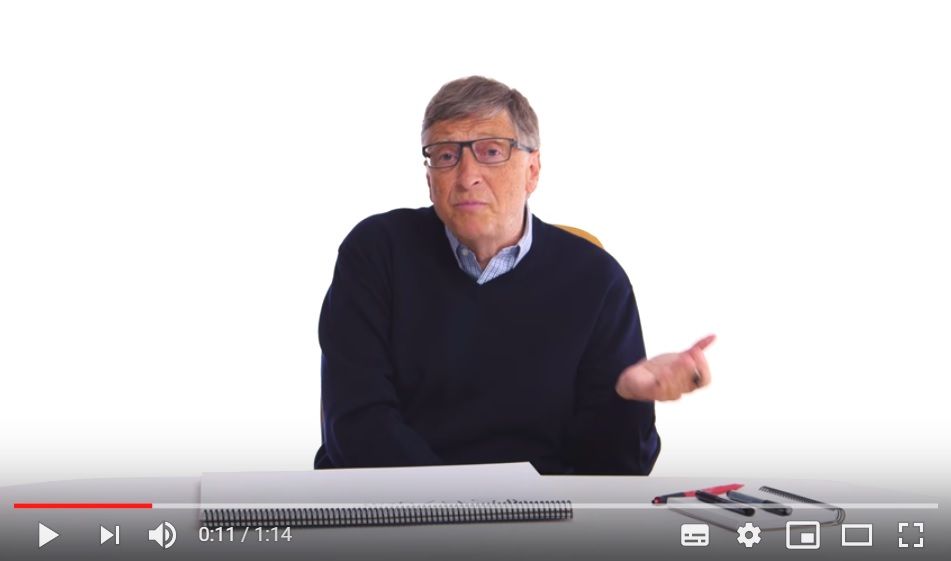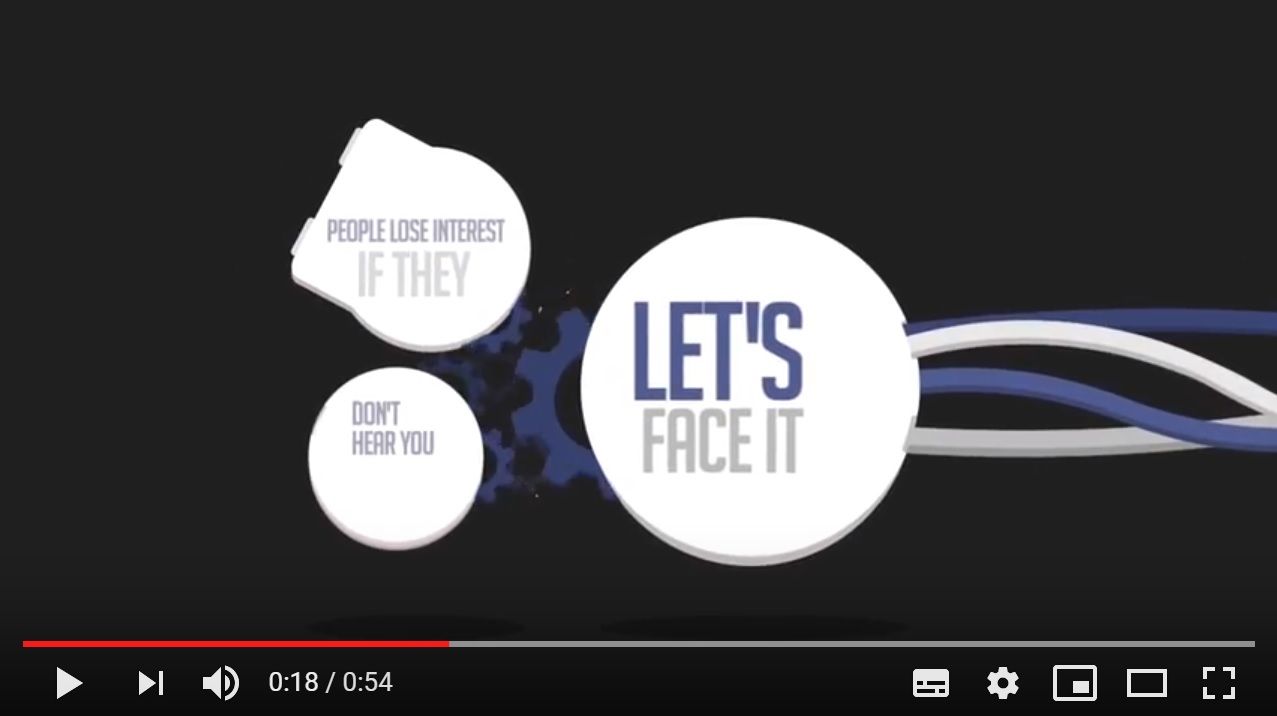Explainer videos today are a popular vehicle to promote new products, music services, YouTube channels, and others. Also, entrepreneurs use it to communicate their new business vision with their investors, customers, and partners.
Creating an explainer video takes a lot more than just voice recording and editing via video software. Essentially in an explainer video, the art of videography and the video’s concept should naturally gel together to draw and emotionally connect with the viewers.
If you are new to creating explainer videos and you are wondering about how to go on to create one, below are the steps and guidelines you can follow.
Write the video script
What makes explainer videos so powerful is their ability to intuitively express complex ideas in an attractive and easy to understand manner.
A good script has a lot to do with this. It decides the order of things and gives you a foundation to create a video on. It is the first and the most important step in creating a solid explainer video. Weak video script is a killer. All the awesome animation, graphics, and other jazz don’t mean a thing if the video script is not clear and compelling. The video script should have a good storyline and should explain your ideas, products, and services in a concise and clear way.

Designed by Freepik
To write a script there are no clear-cut steps or rules. But you can follow a few broad steps to get started. First, ask yourself and write out answers for the following questions:
• Why make this video;
• What it needs to convey;
• Who are you speaking to;
• What action do you expect from them after watching it;
• What message does the video going to offer?
This will give you a clear purpose and direction for writing the script.
Build a story
Once you have a list of core messages you are trying to give, turn it into a simple story. The story should resonate with the audience.
Do not over complicate it or try to come up with something epic or unsaid before. It should progress logically from one thing to another and end up giving a theme and story to hold on to. This will ultimately create a mood and engage people to perform an action.
Make it brief and simple
When writing your script, choose a language and tone that your audience will understand. Keeping it conversational and simple is usually preferred for explainer videos. That means not to use a lot of buzzwords, jargon, and vocabulary that is tough to grasp.
While explainer videos typically are about 2 to 3 minutes long, keep the script short and sweet. Again, "less is more" concept applies here as well. This gives each word and sentence its place and importance. Give information through bit-sized compelling phrases and in a way that no else says. But stick to using simple and everyday language. Some sentences will be universally agreeable, some will create aha moments and others will carry the video forward without mental resistance.
Live action or Animation
Both are great depending on your audience and what you are promoting. If you are pitching to sell a tangible product or you are the face of your business like most YouTubers are, live action for the video is the best option.

While live-action video can be so much real, it has its limitations in terms of what you can shoot. With animations, you can show anything you want. The most common and popular animation styles include the use of Screencasts, Whiteboard, Typography, Motion graphics, Stop motion and Cartoons.
Screencasts are widely used in displaying new tech products and apps. Also, cost wise it is cheap to create. Whiteboard videos include simple images and text illustrations. Because it is simple, viewers tend to pay attention and reach the end of the video. Typography conveys a story in the text form and is usually accompanied by music, colors, and graphics.
While a video is more than just plain speech, text or slides- limiting, creators most of the time adopt graphics in their explainer videos. Motion graphics is a lot more animated than whiteboards and typography. It uses graphic images along with text to bring your story to life. This is suitable to demonstrate a process or how your product works.
The challenge with motion graphics is to use the right graphic elements to encapsulate the information without losing details.

Stop motion animation is time-consuming to create. It includes taking multiple pictures of moving objects such as stick figures, cutouts, drawings, puppets, etc. to create motion in the video. Cartoons can be 2D or 3D and this has made them a favorite of many. They are ideal to tell complex stories and concepts in different styles.
Create the video
When it comes to the actual production of the video, you can either hire a professional or create it by yourself. There are professional video production companies which make high-quality explainer videos.
If you want a cheaper option, you can hire a freelancer from portals such as Craigslist. As explainer videos can make or break your vlog or business, it is best to take help from professionals.
If you are planning to create simple animation videos, you can do it by yourself. Basic computer skills and a good easy to use video software can help you create an explainer video for free.

Designed by Ikaika / Freepik
Record the voice
Voiceovers are one of the most important components of an explainer video. If you are a vlogger, recording your own voice would be the most relevant option. Otherwise, you have to look for a good voice artist and the voice needs to be produced with high-end microphone and recording equipment.
Using a voice with cracking, noise and other disturbances is absolutely a no for explainer videos.
Plan to go live
After you are done creating the video, think about launching it on various platforms. Select hosts such as YouTube, Vimeo, Wistia, Vidyard, Brightcove, Dailymotion etc.
Also, share the link of the video on social media, add it in newsletters, on blog, and in email signatures. Many businesses like to integrate the video on their homepage as well.
Cover image: Designed by Iconicbestiary 





